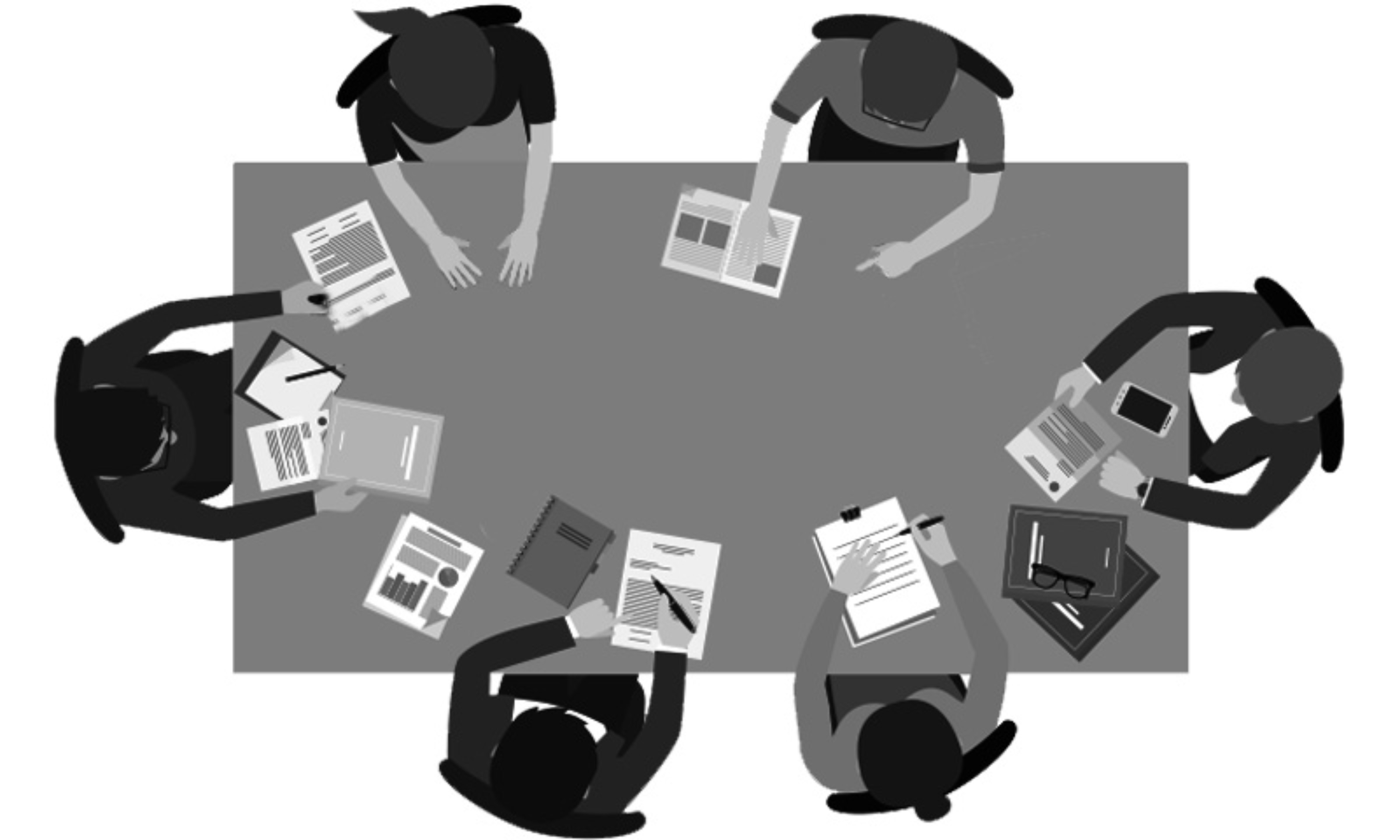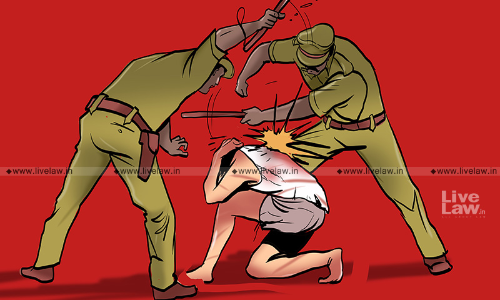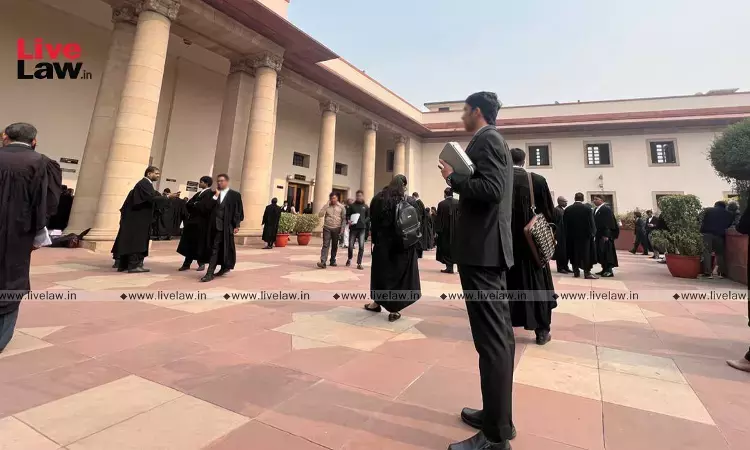
Mediation has emerged as a prominent alternate dispute resolution ('ADR') process for IPR disputes in India, especially with the passage of the Singapore Mediation Convention. This blog-post seeks to argue for a lesser-known Early Neutral Evaluation ('ENE') mechanism for resolving IPR disputes in the country. ENE originated in 1985 in Northern District Court of California and is now...
Mediation has emerged as a prominent alternate dispute resolution ('ADR') process for IPR disputes in India, especially with the passage of the Singapore Mediation Convention. This blog-post seeks to argue for a lesser-known Early Neutral Evaluation ('ENE') mechanism for resolving IPR disputes in the country. ENE originated in 1985 in Northern District Court of California and is now popular in USA, UK, Singapore, and Australia. The ADR mechanism was formulated by Chief Justice Robert F. Peckman who was concerned about the rising cost and wastage of time that had become an unacceptable burden on an average litigant.
The ENE Process
The ENE session ideally commences at an 'early' pre-trial stage of litigation in order to be most effective. A week before the commencement of the session, the written statements of both parties are submitted. The evaluator begins the session by giving an opening statement that consists of the rules and purpose of the session. This is followed by a brief presentation by the parties highlighting their positions, claims, and evidence. Thereafter, the evaluator summarises his or her understanding of the issue and highlights the disputed facts or law.
The evaluator is then required to privately draft an evaluation that contains the likely outcome of the case and a candid opinion on the strengths and weaknesses of the claims and defences. This evaluation is a careful study of the material presented and is not a 'gut' feeling of the evaluator. Herein, no ex parte communication is allowed with the evaluator until the evaluation is prepared.
After preparing the evaluation, the evaluator provides an option to the parties to either hear the evaluation or explore settlement through mediation or negotiation. In case the parties choose the latter, the evaluator changes their role to a mediator, and if they choose the former, the evaluation is presented, following which the parties may proceed to litigation.
Benefits Of ENE
Numerous empirical studies have shown that ENE saves both time and money for the parties. ENE is shown to expedite the resolution process, and even upon failure of settlement, make the litigation process cheaper. Compared to mediation the author argues that ENE possesses several advantages. First, in ENE, the evaluator must necessarily possess the subject matter expertise. A mediator, however, generally specialises in the process itself instead of the substantive law. Second, private caucuses in mediation can compromise the credibility of the mediator since parties may fear manipulation of the merits by mediator. On the other hand, no ex parte communications are permitted, and therefore, the parties are fully aware of the considerations that affect the evaluation.
Third, ENE takes place at an early phase of litigation, whereas mediation often takes place after the judge has ruled on significant issues. Thus ENE enables identification of central issues much quickly and shorten the lifespan of litigation. Fourth, evaluators can be viewed more favourable by the parties than a mediator. This is because the basic assumption is that a mediator always looks towards obtaining a settlement for a case, and therefore, the mediator may exaggerate the evidentiary or legal disadvantages so as to weaken the claim and reach a settlement and may not be frank in the assessment of the claims. On the other hand, the primary job of the evaluator is to provide a frank and candid assessment of the claims and therefore, such considerations are eliminated.
Fifth, it is opined that ENE can function as a more holistic ADR process since mediation and negotiation are also its components. The parties can, after evaluation, choose to proceed and explore settlement through such mechanisms. Thus, ENE operates as a more dynamic ADR mechanism.
ENE And Indian Jurisdiction
There is an absence of usage and awareness about the ENE mechanism in India. Only one case, i.e. Bawa Masala v. Bawa Masala, before the Delhi High Court has discussed ENE. The case dealt with an IPR issue that was first referred for mediation which did not lead to any settlement. The court noted the features of ENE and referred the parties for evaluation. Notably, the court exercised its powers under S.89 of the Code of Civil Procedure, 1908, which deals with reference to different ADR mechanisms. However, ENE is absent in this provision, and the court exercised its powers by equating ENE to mediation due to their shared goal of 'negotiated settlement' and the process being 'same'.
Such an approach is flawed since ENE is a distinct ADR mechanism with distinct goals from mediation. ENE focuses primarily on expediting the resolution process. Reaching a settlement is not the primary goal of ENE and is only a possible outcome. Instead ENE focuses on providing a frank and early assessment of the claims of the parties. This misinterpretation by the court undermines the importance and relevance of the process and hinders its formulation as a vibrant and distinct ADR tool. Though it may be argued that the court applied this approach to give effect to the parties' will, the same could have been done without misinterpreting the basic elements of the process. Such differences from the process of mediation were greatly emphasised by its founders in order to popularise and establish the relevance of ENE as a distinct ADR mechanism. Therefore, we can assess a scarcity of understanding and awareness about the process of ENE in India, both amongst the legislature and the judiciary.
ENE And IPR
Due to its structure, ENE is highly suitable for IPR cases. The process of ENE in IPR cases makes the parties present the relevant evidence and get a 'reality check' on their position. These aspects are important in IPR, especially in common law jurisdiction, where the process of discovery of information such as prior publication, access to data, consumer response, is often used to obtain the relevant information that is the basis of the support for a trademark, patent, or copyright claim. Such information often goes to the heart of an issue. For instance, due to the production of evidence, a claimant may recognise that though the copyrighted work and the alleged infringement work have certain similarity, the likelihood of proving the same is remote. Likewise, in a patents claim, the patentee may be forced to pay close attention to the attorney's claim, resulting in a challenge to certain assumptions and the realisation that the claim of the patent do not read as closely on the accused device as initially assessed. Thus, such systematic confrontation with reality helps the parties to reduce the time and expenditure on the litigation process.
Further, the ENE process is also opined to be highly adept at handling complex matters in IPR, such as in patents, where issues often revolve around sophisticated technologies. This is because the evaluators can be appointed based on knowledge about the specific technology involved in the case. Hence, the evaluator is likely to be well versed with the technical knowledge as opposed to a mediator, and would provide an advantage of quickly and comprehensively understanding the fulcrum of the claims. Due to such advantages, ENE has proven to be a fruitful process for IPR disputes, and in the Northern District of California – the place of its origin, IPR disputes are the single most type of civil case filings under the ENE mechanism.
Resolution of IPR disputes requires a dynamic process that is different from mediation. ENE, through its holistic approach, is proven to better serve the integrities of IPR disputes that the mediation process. Bawa Masala, the only case of ENE in India, also dealt with IPR issues and the ENE session proved to be successful for its resolution. However, the court displayed a lack of understanding of the mechanism and its ingredients.
Several solutions have been proposed in order to reduce and mitigate the enormous pendency of cases in India. The ADR process comprising mediation has been at the forefront of the suggestions proposed to reduce this pendency. ENE arguably possesses numerous advantages over the mediation mechanism. However, ENE needs to be formally implemented and requires a proper understanding of its goals and features under the Indian framework. It directly addresses the two most crucial factors for reducing the enormous pendency of litigation in India – time and money. Implementation of dynamic and non-traditional methods of dispute resolution has assisted countries across the globe to reduce and keep a check on the pendency of cases. It is hoped that India would follow a similar approach.
Views are personal.




